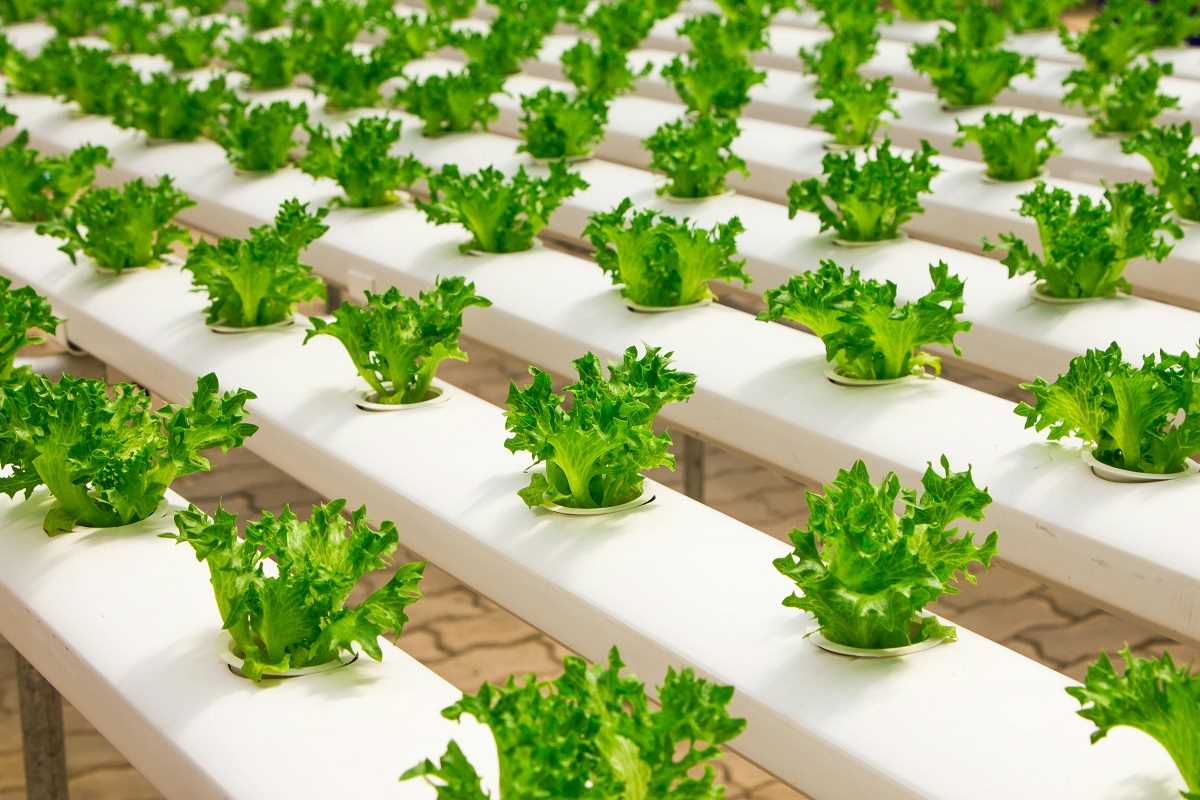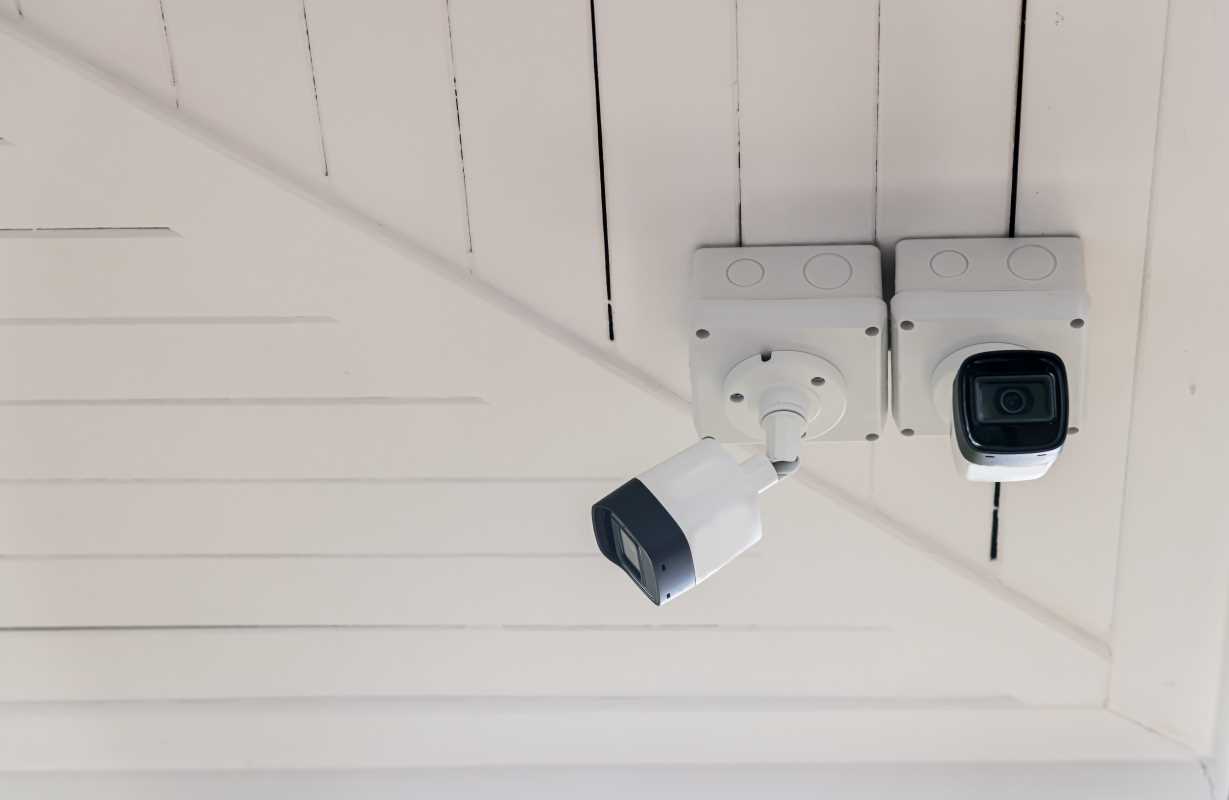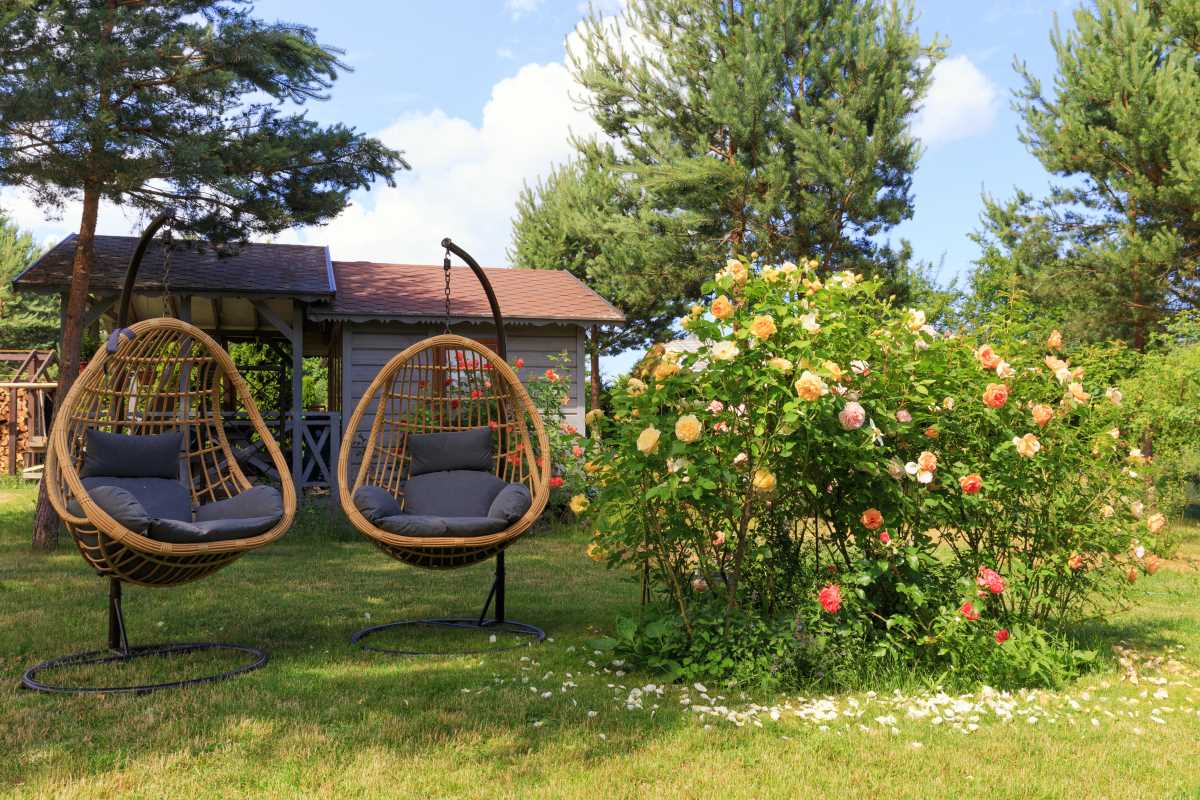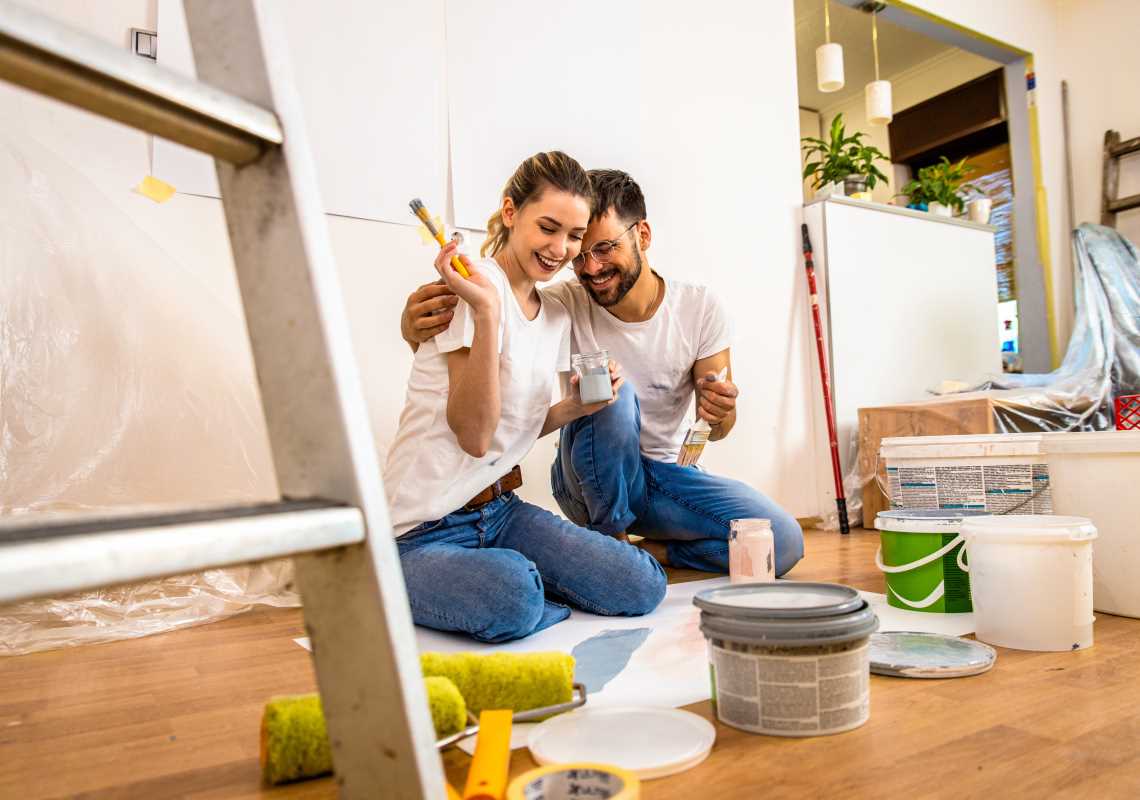Imagine having a vibrant garden right in your living room, where fresh vegetables and herbs are just a few steps away. With indoor aquaponics systems, this dream can become a reality. Combining the best of aquaculture and hydroponics, aquaponics offers a sustainable and efficient way to grow your own produce, regardless of the season or available outdoor space. Whether you are a seasoned gardener or just starting out, setting up an indoor aquaponics system can transform your home into a green oasis.
What is Aquaponics?
Aquaponics is an innovative method of cultivating plants and raising fish in a symbiotic environment. This closed-loop system uses the natural relationship between fish and plants to create a self-sustaining ecosystem. In aquaponics, fish waste provides essential nutrients for the plants, while the plants naturally filter and purify the water, ensuring a healthy environment for the fish.
The basic components of an aquaponics system include fish, plants, and beneficial bacteria. The fish produce waste, which bacteria break down into nutrients that the plants can absorb. In return, the plants help clean the water, which recirculates back to the fish tank. This harmonious balance eliminates the need for chemical fertilizers and reduces water consumption, making aquaponics an eco-friendly gardening method.
Benefits of Indoor Aquaponics
- Year-Round Fresh Produce: Grow a variety of vegetables and herbs regardless of the season, ensuring a constant supply of fresh ingredients.
- Sustainability: Uses significantly less water than traditional gardening methods and eliminates the need for chemical fertilizers.
- Space Efficiency: Ideal for urban settings with limited space, allowing you to grow vertically and maximize your living area.
- Health Benefits: Access to fresh, organic produce enhances your diet and overall well-being.
- Educational Opportunities: A great way to learn about biology, chemistry, and sustainable practices, especially for families and students.
Setting Up Your Living Room Aquaponics System
- Choose the Right Location: Select a spot with ample natural light or set up grow lights to ensure your plants receive the necessary illumination.
- Gather Materials: You'll need a fish tank, grow bed, pump, plumbing, growing medium, fish, and plants. Ensure all components are compatible and sized appropriately for your space.
- Assemble the System: Connect the fish tank to the grow bed using the pump and plumbing. Fill the grow bed with your chosen medium and add the plants.
- Cycle the System: Allow the system to establish beneficial bacteria before introducing fish. This process usually takes a few weeks and is crucial for maintaining a healthy environment.
- Add Fish: Once the system is cycled, introduce your fish and monitor water quality regularly to ensure their well-being.
Maintaining Your Aquaponics System
- Monitor Water Quality: Regularly check pH levels, ammonia, nitrite, and nitrate concentrations to maintain a balanced environment for both fish and plants.
- Feed the Fish: Provide a balanced diet for your fish, ensuring they receive the nutrients they need without overfeeding, which can pollute the water.
- Prune Plants: Regularly trim your plants to promote healthy growth and prevent overcrowding in the grow bed.
- Inspect Equipment: Ensure that pumps and plumbing function correctly to avoid disruptions in the water cycle.
- Address Pests and Diseases: Although indoor systems are less prone to pests, stay vigilant and take immediate action if any issues arise.
Common challenges include maintaining the right pH balance and preventing disease among fish. Solutions involve regular testing, maintaining proper filtration, and ensuring adequate space and ventilation within your living area.
Choosing the Right Plants and Fish
Starting with beginner-friendly species can make your indoor aquaponics experience much smoother. For plants, leafy greens like lettuce, kale, and herbs such as basil and mint do well in aquaponic systems. These plants have lower nutrient requirements and grow quickly, providing you with a steady harvest.
When it comes to fish, species like *tilapia*, *goldfish*, and *bettas* are excellent choices for indoor aquaponics. They are hardy, adaptable to various water conditions, and easy to care for. To complement your indoor garden, consider incorporating elements like natural soap, which you can make using the herbs and spices from your fresh produce.
Maximizing Yield from Your Indoor Aquaponics
To get the most out of your indoor aquaponics system, use a few effective techniques. First, ensure that your plants receive adequate light, whether through natural sources or high-quality grow lights. Implementing a vertical farming approach can also significantly increase your growing space and productivity.
Maintaining optimal water temperatures and nutrient levels is crucial for plant growth and fish health. Regularly harvesting mature plants encourages new growth, while selectively breeding fish can lead to a more robust and balanced ecosystem. By fine-tuning these aspects, you can achieve higher yields and enjoy a bountiful indoor garden.
Setting up and maintaining an indoor aquaponics system in your living room provides fresh, homegrown produce and supports sustainability and a deeper connection to nature. With the right setup and care, you can enjoy the benefits of a flourishing indoor garden all year round.







